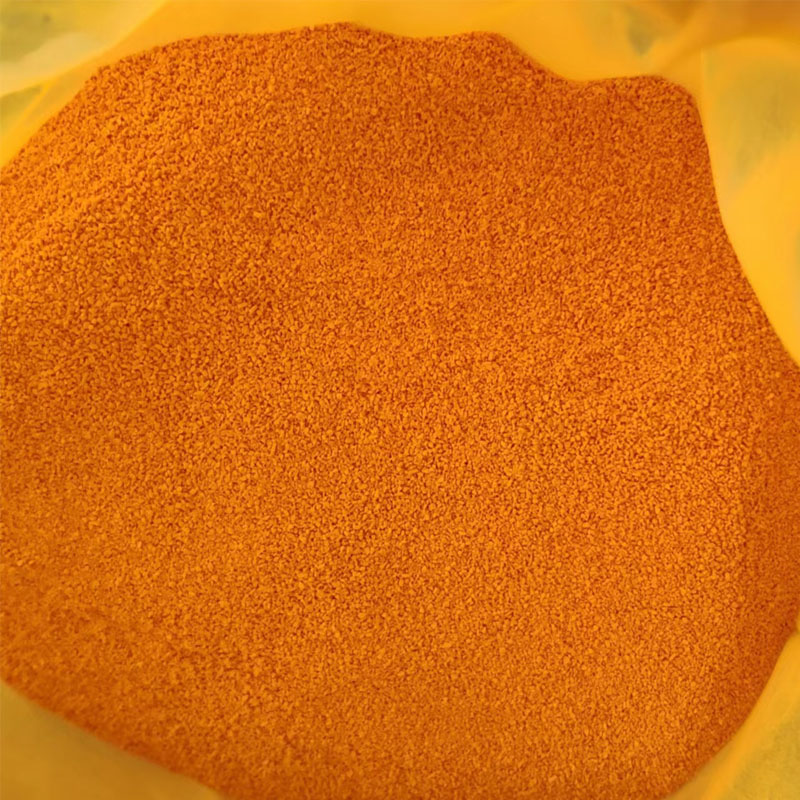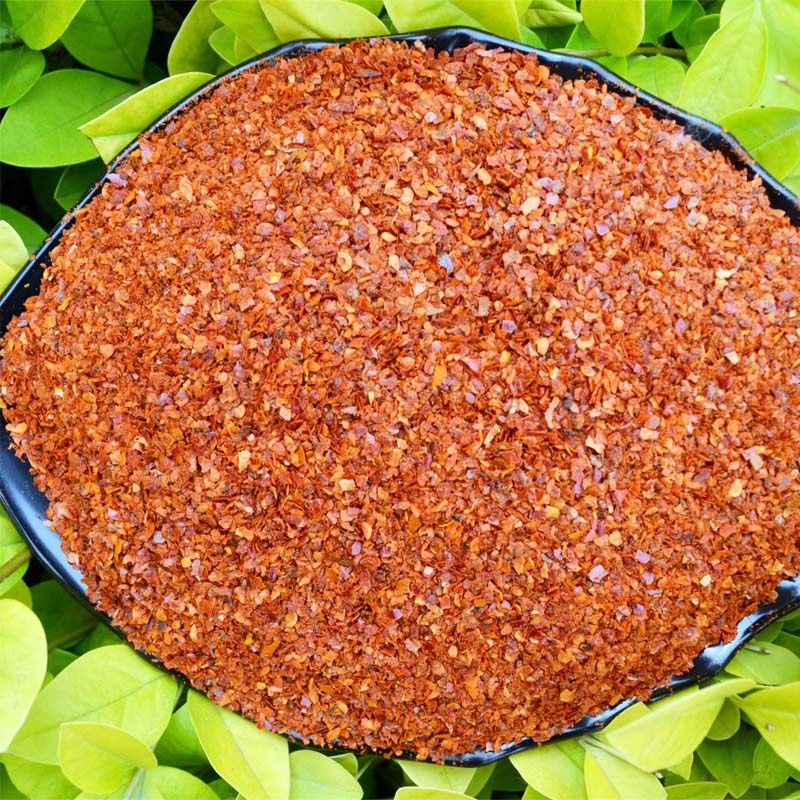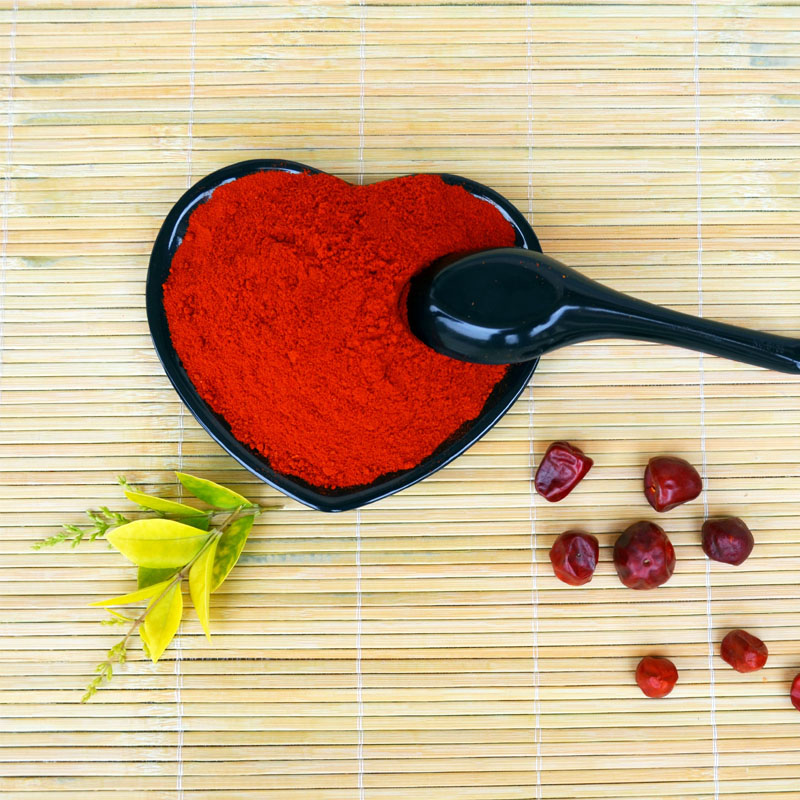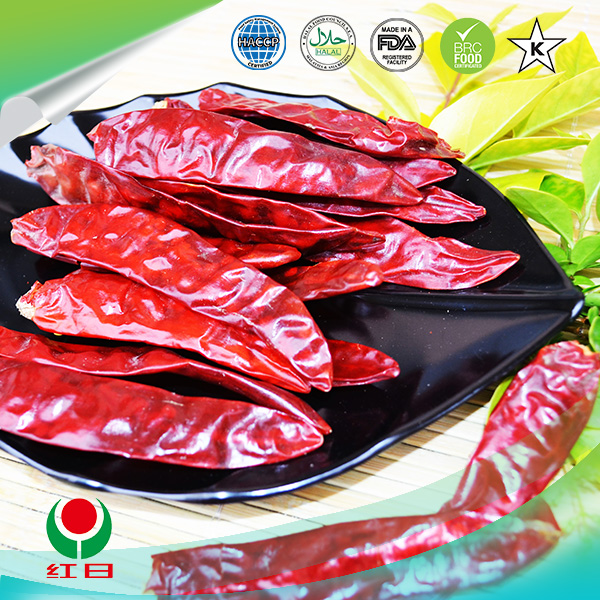- No. 268 Xianghe Street, Economic Development Zone of Xingtai city, Hebei 054001 China
- Byron@hbhongri.cn
Exploring the Flavorful World of Paprika and Its Culinary Uses
The Versatility of Paprika A Spice with a Story
Paprika, a vibrant spice made from ground peppers, is more than just a condiment; it's a culinary staple that carries history, culture, and a unique flavor profile. Originating from the Capsicum annuum plant, this spice is predominantly associated with Hungary and Spain, yet its journey traverses many continents, reflecting the global appreciation for its multifaceted uses.
A Brief History
The history of paprika dates back to the 16th century when it was introduced to Europe from the Americas. Initially, it was regarded primarily as an ornamental plant, but its culinary potential soon became evident. In Hungary, the spice gained immense popularity, especially among the peasants, leading to the establishment of a thriving industry. Today, Hungary is known for its sweet, smoky paprika, while Spain is celebrated for its pungent varieties, such as pimentón.
Types of Paprika
Paprika comes in various types, each with its own distinct flavor and use. The most popular types include
1. Sweet Paprika This is the most common variety, characterized by its mild sweetness and vibrant red color. It is often used in dishes like goulash, providing a warm flavor without overwhelming heat.
2. Smoked Paprika (Pimentón) Hailing from Spain, this paprika is dried over oak fires, imparting a rich, smoky flavor. It's a critical ingredient in traditional Spanish dishes such as chorizo and paella.
3. Hot Paprika For those who enjoy a bit of heat, hot paprika packs a punch. It is made from spicier peppers and adds a fiery kick to stews, sauces, and marinades.
a paprika

4. Paprika de la Vera This specific variety from the La Vera region of Spain is known for its intense flavor and smoky aroma. It's often used to season meats, fish, and even vegetables, showcasing its versatility.
Culinary Uses
The culinary uses of paprika are virtually endless. It can be a finishing touch, used to sprinkle over deviled eggs, potato salads, or hummus, adding both color and flavor. In stews, soups, and sauces, it provides depth without overwhelming the other ingredients. Its vibrant hue also makes it a popular choice for garnishing dishes.
In addition to its use in savory dishes, paprika can be integrated into marinades for meats and vegetables, infusing them with its unique taste. Some chefs even use it in desserts, subtly enhancing chocolate flavors or adding an unexpected twist to sweet sauces.
Health Benefits
Aside from its culinary attributes, paprika carries health benefits. Being rich in antioxidants, particularly carotenoids like beta-carotene, paprika can contribute to overall health. It also contains vitamins A, E, and B6, promoting skin health and supporting the immune system. The spice may also aid digestion and improve circulation.
Conclusion
Paprika is more than just a spice; it is a celebration of flavor, culture, and culinary creativity. Its versatility makes it a valuable addition to any kitchen, whether you are a novice cook or a seasoned chef. By experimenting with different types of paprika and incorporating them into various dishes, you can elevate your cooking and explore the rich tapestry of flavors that this remarkable spice offers. Embrace the warmth and vibrancy of paprika, and let it inspire your next culinary adventure!
-
Turmeric Rhizome Powder: A Golden Treasure from Roots to TableNewsJul.28,2025
-
The Versatile Application Of Crushed Red Hot Peppers: Lighting Up The Red Flames On The Dining TableNewsJul.28,2025
-
The Paprika: A Touch Of Vibrant Red In Color, Flavor, And CultureNewsJul.28,2025
-
Ground Turmeric: A Modern Examination of an Ancient SpiceNewsJul.28,2025
-
Capsicum Liquid Extract: Features, Applications, and ChallengesNewsJul.28,2025
-
Application of Capsicum Liquid Extract in FoodNewsJul.28,2025







